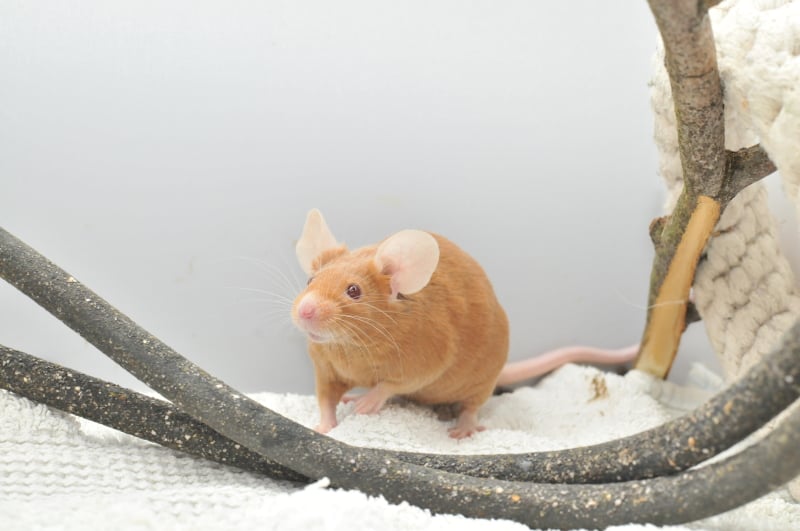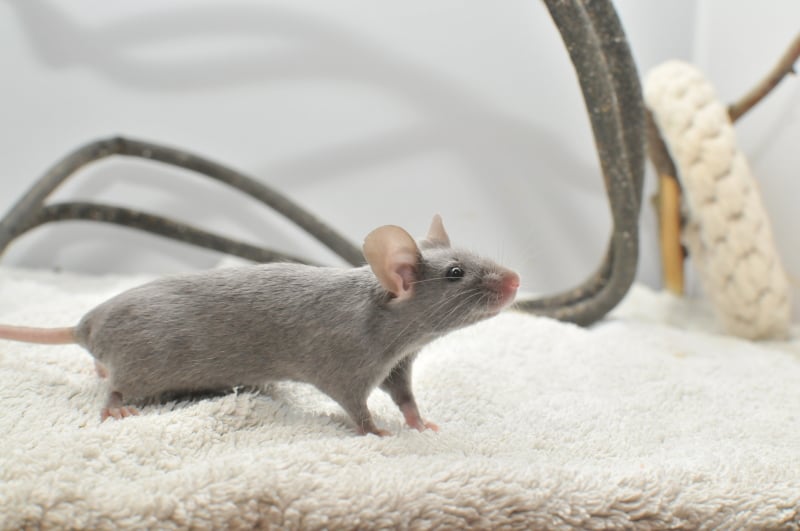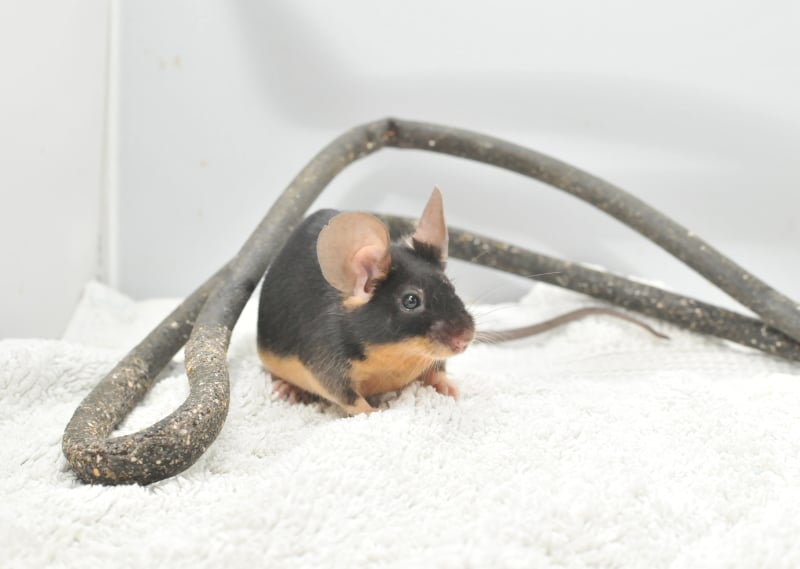Having a pet naturally sparks curiosity about them. What’s their color called? What are the markings on their body called? Why is their fur either smooth or wavy?
All these questions can be answered by identifying the variety your mouse belongs to. Fancy mice all belong to one species – Mus musculus, also known as the common house mouse. However, they have been bred as pets for almost 200 years, resulting in them looking quite different from their wild counterparts, with varying body and ear sizes. Unlike rats, mice have tails and ears the same color as their coat, but their coats come in a wide range of colors with different names depending on your location. Below are some of the most common names.
This article was co-authored by Beri Instone, a rodent enthusiast.
Agouti mice

Agouti is the natural wild color, described as “a brown color made of hairs banded (or ticked) in black, grey, brown, and orange.” Agouti mice can come in various shades, usually a warm chestnut. They have black eyes.
Agouti can also serve as a base for other colors and varieties, identified by ticked hairs. Common agouti-based varieties include:
Blue agouti – slate blue color with black ticking and black eyes.
Cinnamon – coppery brown fur with brown ticking on hair and black eyes.

Argente is essentially agouti modified by the gene for pink eyes, giving the fur yellowy with silver ticking. Differentiating between argente and red mice can be done by looking for the ticking on their fur.
Self mice
Self mice have solid-colored fur without ticking. Common self varieties include:
Black – black fur with black eyes, maintaining their dark color without rusting or fading.
Chocolate – brown fur, usually milk chocolate in color with black eyes.

Blue mice are a warm dark slate color with black eyes, despite the name suggesting a different shade.

Lilac (Eur), Dove (US) are chocolate mice with the color modified by the gene for blue, resulting in a warm pale pinky-grey fur that darkens with age and black eyes.
Dove (Eur), Lilac (US) are genetically black mice with color modified by the gene for pink eyes, giving them a warm magnolia grey fur color.
White mice have white fur with black or red eyes, with variations in naming based on eye color.
Tan mice

Tan mice can have any of the above self or agouti colors but with a bright orange tummy, especially noticeable on dark-colored mice. In marked tan mice, the orange only covers the non-white parts of the tummy, a unique feature in mice.
Pointed mice
Pointed mice have a gradual color change, resembling a mouse wearing a onesie with holes cut out to show their ‘real’ color underneath. The colored parts are most visible when the underlying color is a dark self like black or blue.
Patchwork colored mice
Brindle mice have a brindle pattern similar to brindle dogs, occurring in various colors with certain types having health issues. Splashed mice have colored blotches on a washed-out background fur color, sometimes with points. Merle/roan mice have two-tone splodgy patches over the body, ranging from big dark patches to fur ticked with silver.
Marked mice
Marked mice have white areas in their coat, occurring on top of any color variety. Common markings include Dutch, Banded, and Rump white.
Tricolor mice have patches of at least three colors over their body, creating a unique look.
Many marked mice have varied patterns, ranging from a few hairs of white or color to a mix of both.
Coat varieties
Pet mice come in different coat types, including Hairless, Astrex/Rex/Frizzie, Satin, Longhair, and Shorthair, each with its unique characteristics.
Does variety affect the health of mice?
While most appearance-related genes do not impact health, some colors and coat types can influence health. Red and fawn mice, marked mice with lots of white, and tailless mice are examples of varieties with health concerns.
So which variety of pet mice is best?
Choosing a pet mouse variety should consider welfare and preferences, avoiding varieties with linked health problems.
Where to find out more?
This article covers common mouse varieties in the UK, with hundreds of possible looks based on different genes. For more information and photo examples, visit reputable websites.
Photographer: Beri Instone. Photos are protected by copyright.

